During Holidays or even on a regular night, a bottle of wine on a dining table makes everything fancier. However, some of us need help deciding what wine could catch the hearts of our guests.
You may feel overwhelmed with many wine selections, thus, checking fruit notes and alcohol content may help you choose the right wine. We know that there are a lot of wine variations that differ in every place it was made. Does the location matters? A big yes!
Understanding viniculture in different climatic conditions will make you realize how they vary. We will pop you with great insights between warm climate and excellent climate wines so you can decide on your next dinner night!
Wine producers
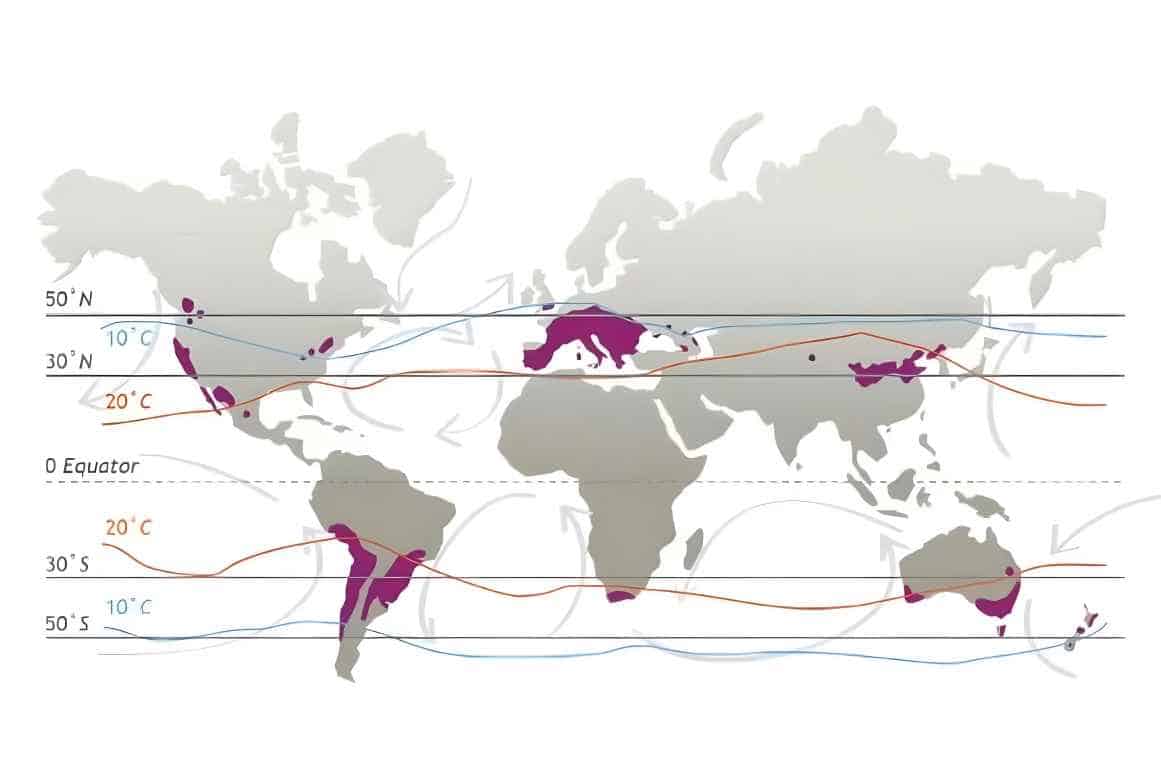
The most significant wine producers in the world are situated at 30°-50° latitude. The Mediterranean encompasses the most traditional, economical, and other events connected to viticulture and vinification.
These regions, which span the Northern and Southern hemispheres, often have a temperate or subtropical climate, and offer the ideal temperatures and growing environments for grapes.
Now that you have an idea of the regions where wines are produced, we will proceed to the areas of cool and warm climates.
Cool Regions lie on the upper 30°-50° latitude, such as Germany, the UK, and New Zealand. While the warm region lies on the near equator, which includes countries like Australia, Italy, and South America
What is a Warm Climate Region?
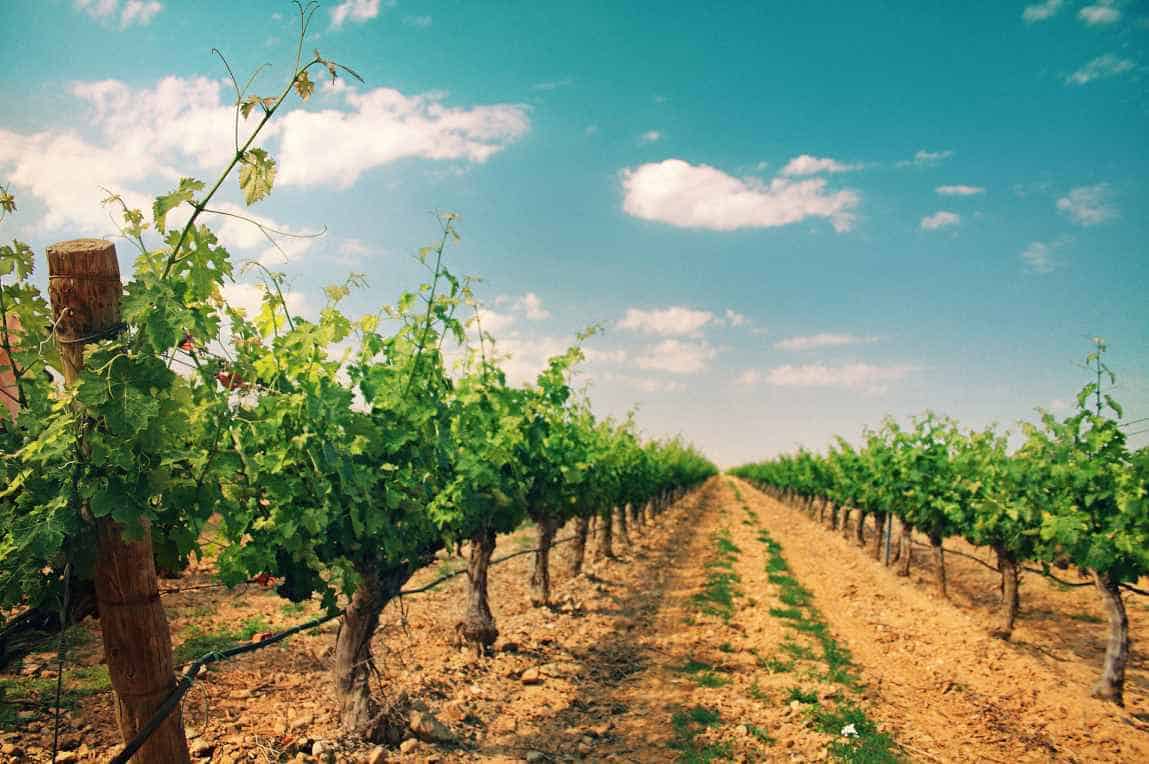
Coined on the name itself, warm climate regions refer to the location where there are continuous season-long temperatures. Summer and fall allow the grapes to ripen, which is the best for wine production.
This, however, lessen the natural acidity of the grapes. Therefore, warm climate regions yield grapes with softer acidity and more ripe berry tastes. Below are some countries included in warm climate regions:
- California
- Argentina
- Australia
- Southern Italy
- Greek Islands
- Central & Southern Spain
- Central & Southern Portugal
- Most of South Africa
- Southern France
- Southern Italy
What is a Cool Climate Region?
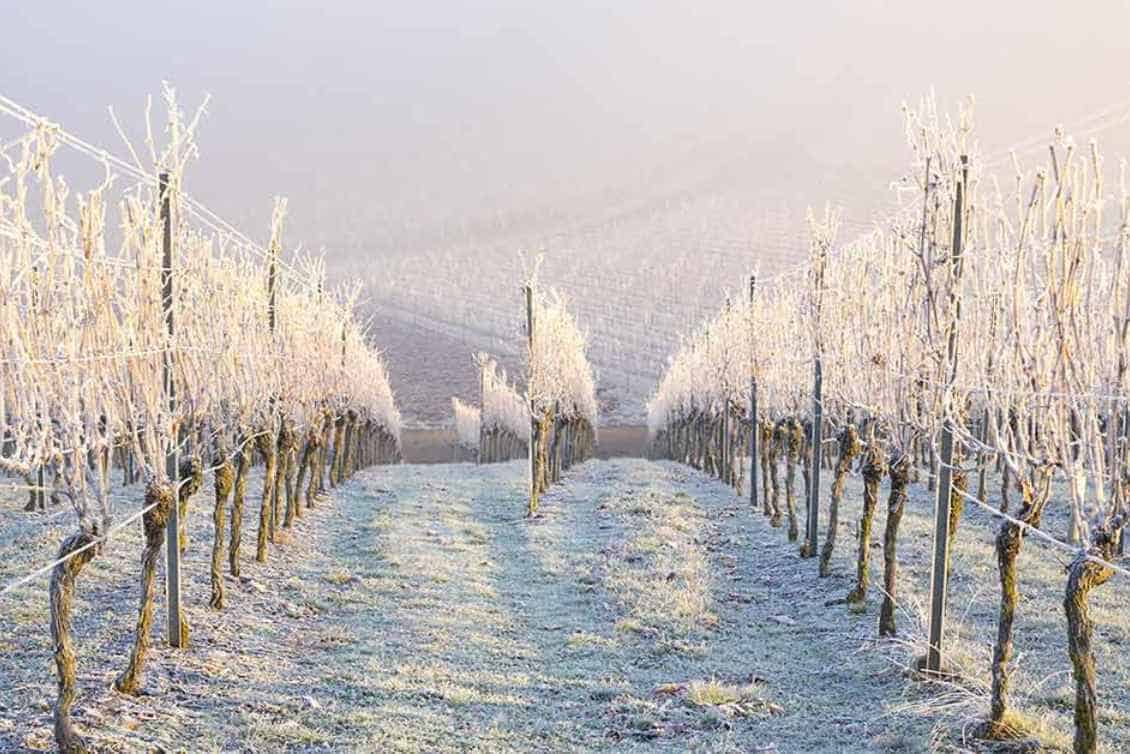
Cool regions do not mean that the location stays cold throughout the year! Thus, the temperature drops right before it is ready to harvest.
This would make the wine different because grapes at a low temperature preserve acidity; however, their ripeness is hard to achieve. Cool-climate grapes typically have more acidic and sour tastes. Want to know what the area’s cool climate regions are? Check the list below!
- French Wine Regions in Northern France
- American Viticultural Areas (Oregon, Washington State & New York)
- Chile
- Hungary
- New Zealand
- Italian Wine Regions in Northern Italy
- South Africa
- Austria
- Germany
- Northern Greece & Macedonia
Wine Styles
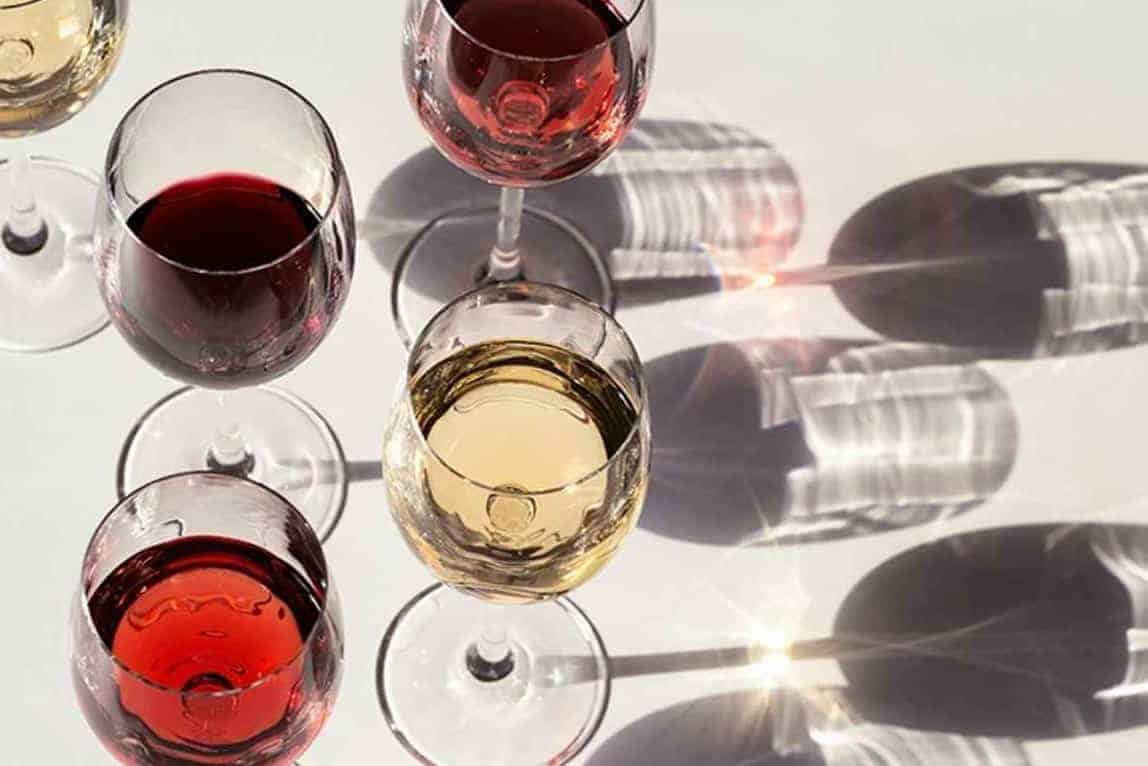
| Warm Climate | Cool Climate | |
| Color | Dark | Light |
| Alcohol | Low to Medium | Medium to High |
| Acidity | Low | High |
| Mouthfeel | Rich and Luscious | Acidic and Crips |
| Body | Full | Light |
| Flavor | Rich and Sweet | Gentle and savory |
One thing to distinguishs warm-climate wine from climate wine is color. Darker colored wine, whether deep red or purple, often indicates that it is from a warmer climate. Since grapes in this region tend to ripen quickly and have thicker skins. It may vary from shades of red and purple to red wines and yellow color for white wines.
Meanwhile, White wine is commonly found in cool climate regions, with Less sun and less color. However, they might be younger grapes than others. This is the outcome of having thin skin. The color of the wine is more likely to be lighter in shade and less dense if it has delicate skin.
Wine Alcohol
Each of us may have a lower alcohol tolerance than others, therefore, checking the alcohol content of the wine may help you on your next dinner. What may be the difference between warm and cool wines?
With white wine, there is a 10%-13% alcohol level produced in a cool climate and 12%-15% in warm temperatures. Red wine, on the other hand, has an 11%-14% alcohol level in cool climates and 13%-15% in warm climates.
| Cool Climate | Warm Climate | |
| White Wine | 10% – 13% | 12% – 15% |
| Red Wine | 11% – 14% | 13% – 15% |
Wine Acidity
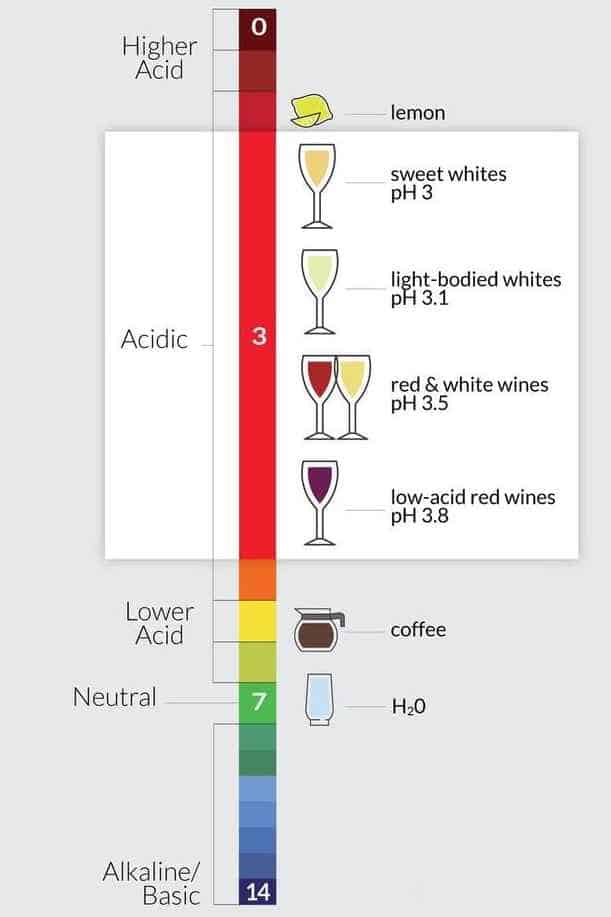
The acidity of the wine also makes a huge difference. Does the climate where it is produced play a massive factor in the wine’s acidity? Absolutely yes! Ripeness has a significant contribution to the production of wine. A warm climate allows grapes to ripen quickly, which builds sweetness and sugars rapidly.
This, however, ripens the fruit soon, so there is no room to grow its acidity. If you want more acidity, consider getting wines from a cold climate. The grape in this region has a slower pace to ripen than in warm climates but has higher acidity absorbed.
Wine Mouthfeel
To complete your wine-tasting experience, the mouthfeel factor adds up the spice. Have you ever tasted a wine that is bold and lush wine? It may come from a warm climate region.
You may feel its high flavor because of the ripeness and the warmth it gives. If you want a crisper and a more acidic touch, get that bottle from a cool region. This will give your guest a cleaner and fresh hint.
Wine Body
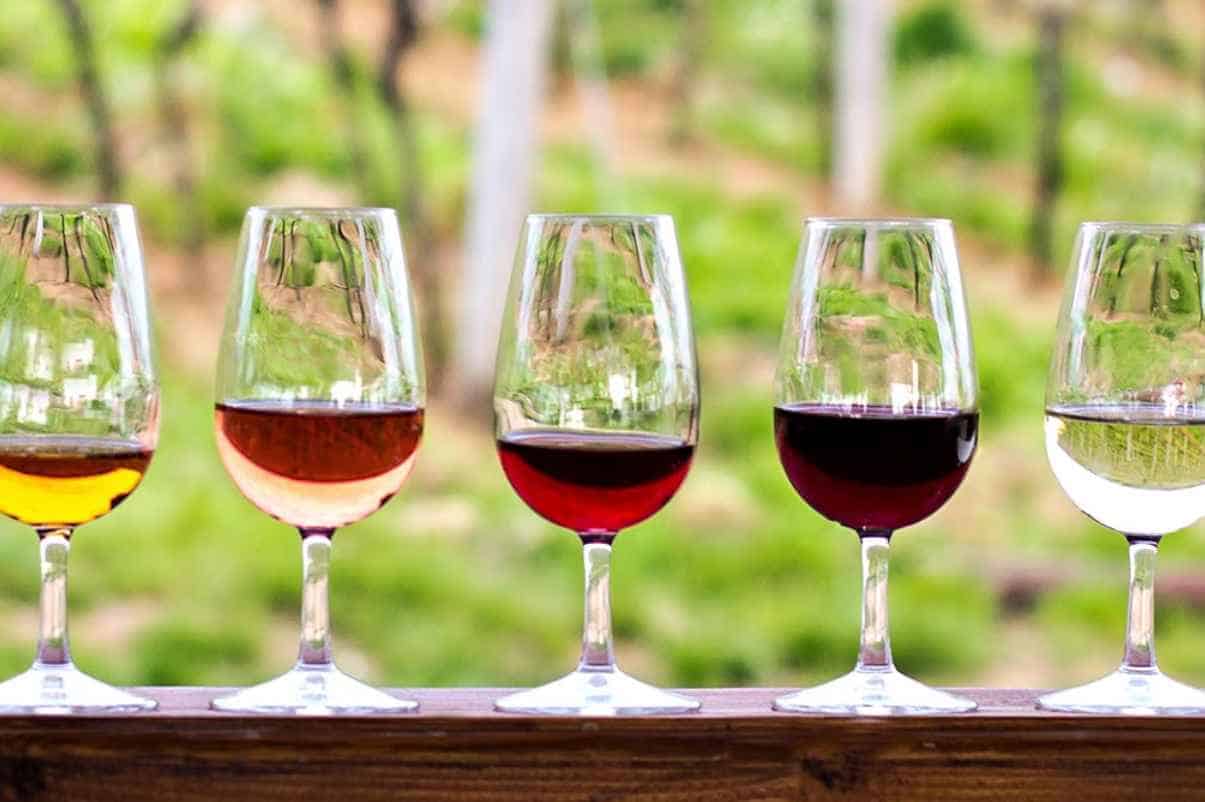
You may have noticed fuller and sweeter wines, among others. This is still due to the region it came from. Warm climate regions provide a sweeter note with higher sugar content than cool regions. This is due to higher temperature, allowing the grapes to ripen fully and develop their raw sugar concentrations.
Cool Climate Regions are in a cleaner slate with light notes. The grapes used did not produce natural sugar content, unlike those in the warmer region, due to less sunlight and low temperature. This results in less sweet flavor but high acidity and fresh flavors.
Wine Flavor
Upon opening a bottle of wine, the first thing you would notice is not the color, not the taste, but the scent of the wine. Is it aromatic enough to raise your wine appetite?
If you smell a fruity smell on the bottle of your wine, the warm climate might be its origin. The flavor of the wine will be generally rich and bold, as well as sweet in taste. This is caused by the heat, which heightened its sugar level. An aged wine, however, might produce a hint of bitter flavor.
A delicate and floral aroma from a freshly opened wine might indicate a wine from a cool climate region. Because of its acidity, this is usually fresh in flavor and has a hint of sour taste. Wine from this location feels tastes like a new sunny day.
Grape Variety
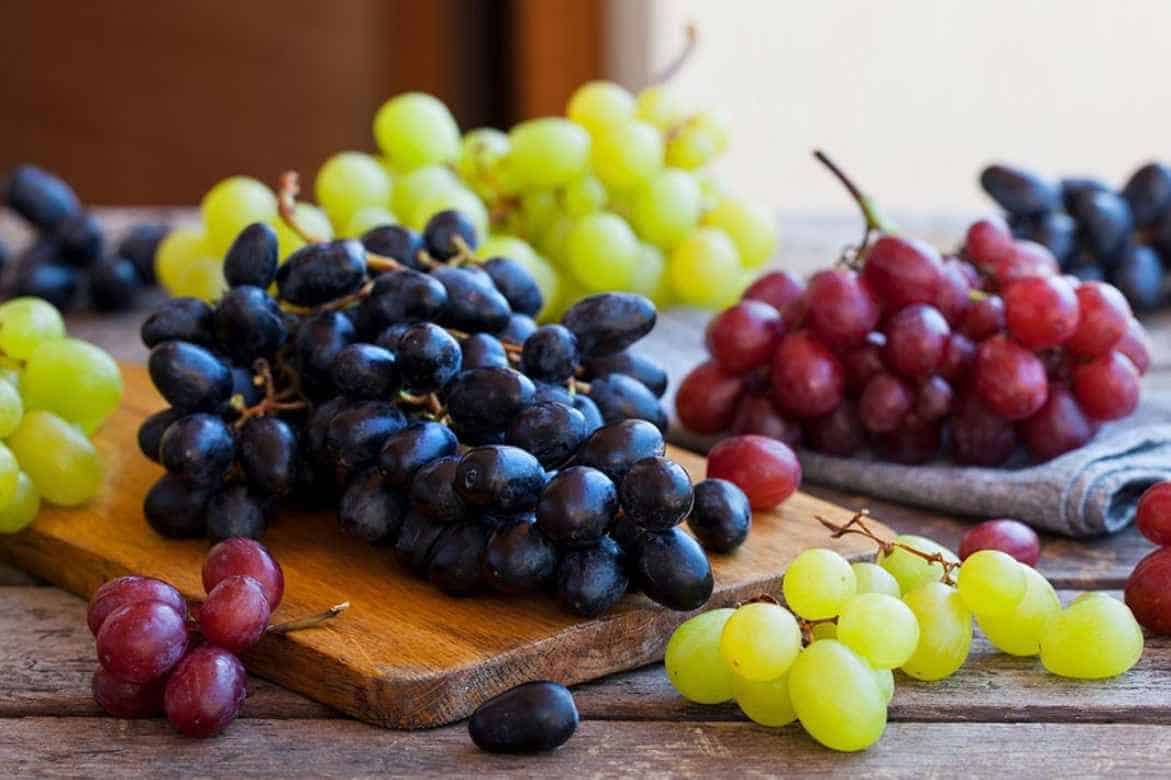
| Warm Climate Region | Cool Climate Region | |
| Red Grapes | Malbec, Zinfandel and Cabernet Sauvignon | Gamay, Cabernet Franc, and Pinot Noir. |
| White Grapes | Chardonnay and Viognier | Sauvignon black and Chardonnays |
Red Grapes
To make red wine, red grapes, of course, are needed. You may have an idea about red grapes but let us expound your knowledge further. Red grapes from warmer regions often use these prominent, stronger flavors, such as Malbec, Zinfandel, and Cabernet Sauvignon.
Cool climate regions still produce red grapes. Some of these are Gamay, Cabernet Franc, and Pinot Noir. You can taste a hint of mushrooms in these grapes from France and Australia.
White Grapes
If you feel overwhelmed with red wines, you can always opt for a white wine that offers less punch than the other. Although, white wines from warmer climate still has a rich and bold flavor. Some grapes that they used are Chardonnay and Viognier.
White Grapes from a cool climate provenance, such as Chardonnays, are modest and tangy in taste. Sauvignon black, produced in cool climates, provides typical characteristics of chilly climates, such as grass, minerality, elderflower, and bloom.
How does climate affect wine?
Did you know that Wines are one of the most sensitive agricultural products worldwide? Several factors must be considered when creating a wine, depending on the region.
Since temperature varies from warm to cold, this is the most significant influence on winemaking. In cooler climates, the temperature drops during the harvest season of grapes. While in warmer climates, grapes are easier to ripen due to higher temperatures.
However, climate change continues to rise, and these farmers try to adapt new resources and methods to make their produced wines stay the same. Aside from the original winery locations, some regions that were not suitable before are now fit to produce viticulture and enter the wine industry.
The Final Takeaway
There are many factors you must consider when buying the perfect wine. To fully understand these considerations, having enough knowledge of their origin makes a lot of difference.
Do not forget that Warm Climate Regions have rich and bold flavors, less acidic, and darker colors. Meanwhile, Cool Climate Region Wines have lighter notes, are more acidic, and are lighter in color. If you’d like a higher alcohol content, opt for a wine from a cool region.
Now that you have read and comprehended this article, you are more confident about picking your wine at the grocery store! You might even be one step closer to being a wine connoisseur. Are you ready to make dinner fancier and posher? Steal the spotlight by pouring your handpicked wine.

George Moore, co-founder of Wine Flavor Guru, is a charismatic entrepreneur with a rich background in California’s wine industry. Alongside Sylvia, he transformed a Sonoma County vineyard into a source of premium wines. George’s expertise in sourcing exceptional grapes and his approachable style make wine appreciation both accessible and engaging.
